Yoga bolsters are essential props that elevate your comfort and support during your practice. They act as supportive cushions, allowing you to sink deeper into poses, improve alignment, and enhance relaxation. Whether you’re a seasoned yogi or just starting out, incorporating a yoga bolster into your routine can unlock a new level of ease and enjoyment in your practice.
Understanding Yoga Bolsters
Yoga bolsters are typically cylindrical or rectangular cushions filled with buckwheat hulls, cotton batting, kapok fiber, or foam. They provide a firm yet comfortable support for various parts of your body, including your back, hips, knees, and head.
Their primary role lies in:
- Improving accessibility: Bolsters make yoga postures more accessible for practitioners of all levels of flexibility and fitness.
- Enhancing comfort: They provide cushioning and support, alleviating discomfort in areas like the lower back and knees.
- Deepening relaxation: Bolsters facilitate deeper relaxation in restorative yoga poses, allowing your body to completely let go.
- Promoting proper alignment: By providing support and stability, bolsters can help you achieve proper alignment in certain poses.
- Preparing for childbirth: Some bolsters can mimic birthing positions, helping to strengthen and open your pelvis for labour.
Benefits of Bolsters in Yoga Practice
Including bolsters in your yoga practice offers a multitude of benefits, including:
- Increases flexibility: Bolsters help you access poses that might otherwise be challenging due to tightness, allowing you to passively stretch and improve flexibility over time.
- Reduces stress and tension: The support and comfort provided by bolsters can help you release tension and de-stress, promoting a sense of calmness and well-being.
- Improves balance and stability: Certain bolster-supported poses can enhance balance and stability, especially for those with balance challenges.
- Enhances mindfulness: By encouraging relaxation and deep breathing in supported poses, bolsters can foster greater present-moment awareness and focus.
- Injury prevention: Bolsters can help you modify poses to avoid putting stress on sensitive areas, potentially preventing injuries.
Types of Yoga Bolsters: Exploring Your Options
When choosing a bolster, consider your personal practice, body size, and desired level of support. Here’s a breakdown of some common types of yoga bolsters:
1. Rectangular Bolsters:
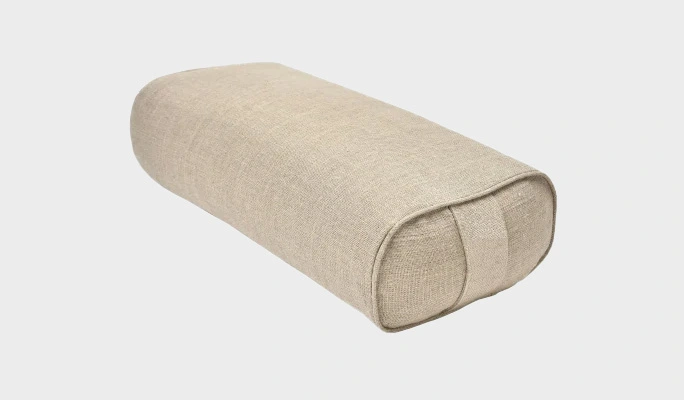
- Shape and size: Rectangular bolsters are typically 24- 28 inches long and 6-10 inches wide.
- Uses and benefits: These versatile bolsters are ideal for a variety of poses, including supported bridge pose, reclining twists, and savasana (corpse pose). They offer ample support for the back, hips, knees, and head.
- Additional benefits: Rectangular bolsters can also be used as a makeshift meditation cushion or rolled up for additional support in certain poses.
2. Round Bolsters:

- Shape and size: Round bolsters are cylindrical, with diameters ranging from 6 to 10 inches and lengths varying from 18 to 26 inches.
- Uses and benefits: These bolsters offer a more targeted support for poses that require spinal rounding or gentle backbends. They are also beneficial for opening the hips in supine pigeon pose and for gentle neck support in restorative poses.
- Additional benefits: Round bolsters can be used for massage therapy, providing support under the knees or lower back for improved circulation.
3. Pranayama Bolsters:
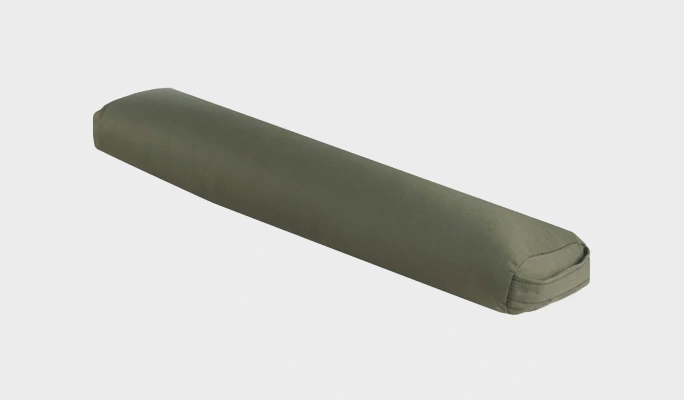
- Shape and size: Smaller versions of rectangular bolsters, typically measuring 16-20 inches long and 4-6 inches wide.
- Uses and benefits: Pranayama bolsters are specifically designed for seated meditation practices. They provide support under the knees, elevating the pelvis and promoting proper spinal alignment for extended periods of sitting.
- Additional benefits: Pranayama bolsters can also be used for gentle lumbar support in certain poses or as a knee pad during kneeling variations.
4. Half-Moon Bolsters:
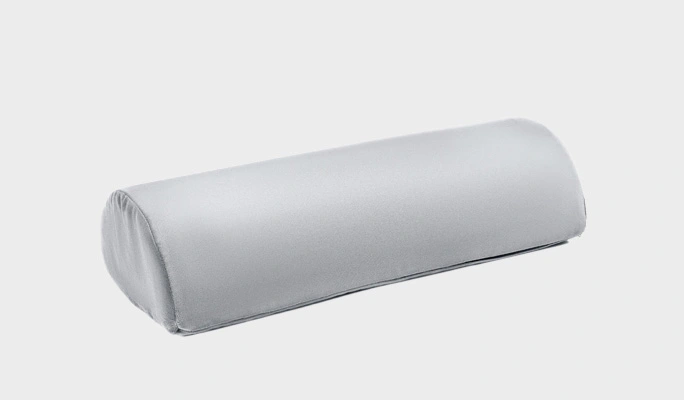
- Shape and size: These bolsters are shaped like a half-moon, with a flat side and a curved edge. They typically measure 18-22 inches long, 6-8 inches wide, and 4-6 inches high.
- Uses and benefits: Half-moon bolsters offer a unique support option for side-lying poses, providing cushioning for the head and neck while keeping the spine aligned. They can also be used for gentle reclines and supported backbends.
- Additional benefits: The versatile half-moon bolster can also be used for seated poses like hero pose or lotus pose, supporting the knees or ankles for improved comfort.
Considerations When Choosing a Yoga Bolster
Here are some key factors to consider when selecting a yoga bolster:
- Filling: The filling material significantly impacts the bolster’s firmness and support. Buckwheat hulls offer excellent support and adjustability, while cotton or kapok provide a softer feel.
- Size and shape: Choose a bolster that suits your body size and the types of poses you practice.
- Cover material: Opt for a cover that is easy to clean and hypoallergenic.
- Price: Bolsters vary in price, so consider your budget when making a choice.
By carefully considering these factors, you can select a yoga bolster that perfectly complements your practice and enhances your overall yoga experience.
Conclusion
A yoga bolster is a versatile prop that can significantly enhance your yoga practice. By providing support, comfort, and accessibility, bolsters can help you deepen your poses, reduce stress, and improve overall well-being. Whether you’re a beginner or an experienced yogi, incorporating a bolster into your routine can bring new dimensions to your practice. Experiment with different types of bolsters and discover the one that best suits your needs. Remember, the key to a successful yoga practice is finding what works best for your body and listening to its cues.

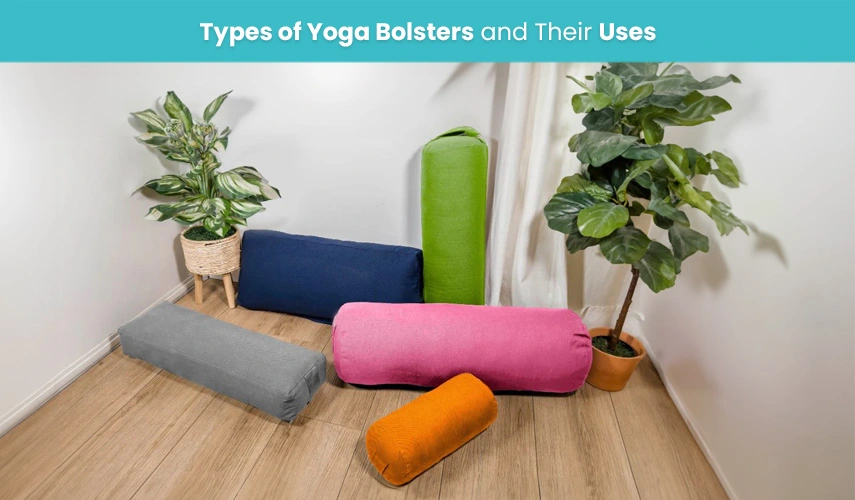
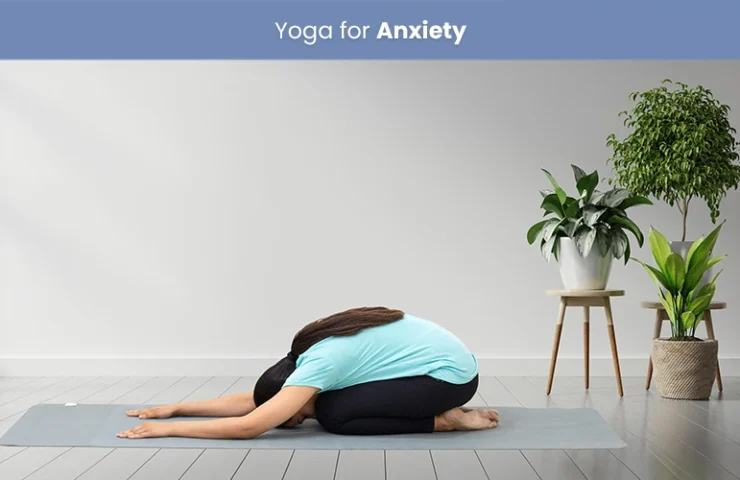
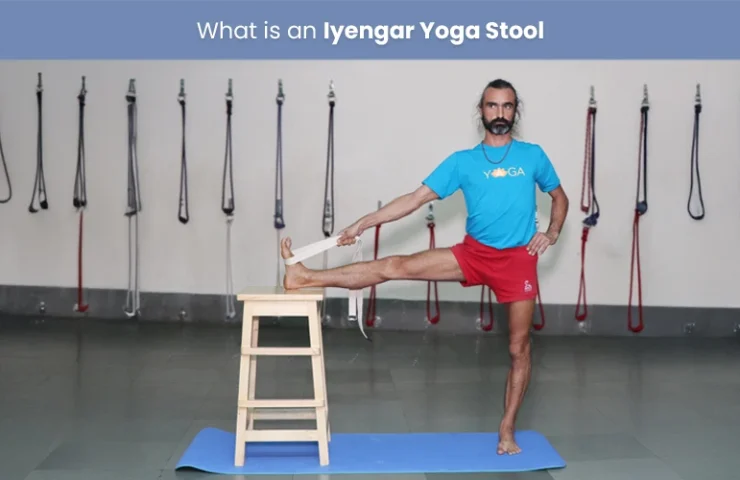
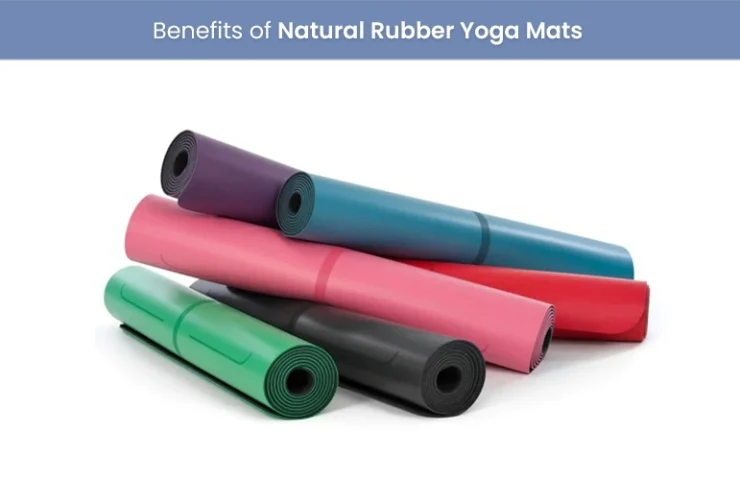
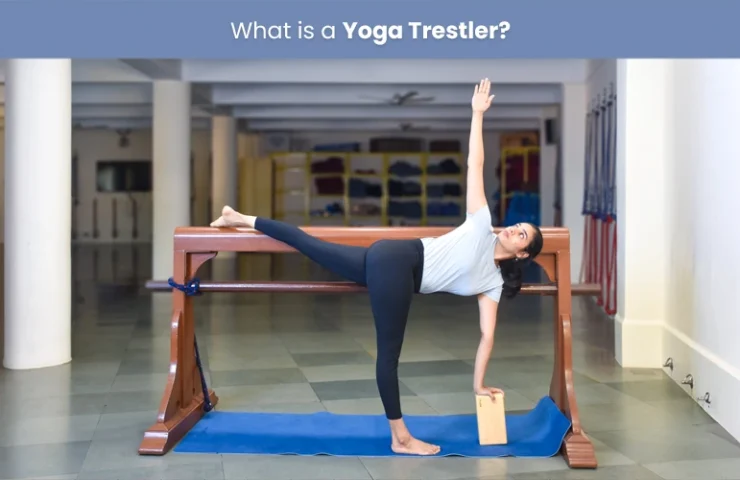
0 Comments for “Types of Yoga Bolsters and Their Uses – A Guide to Enhanced Support”